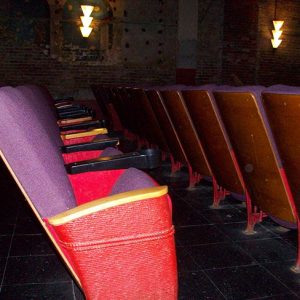 Royal Theatre Seats
Royal Theatre Seats
Entry Category: Buildings
 Royal Theatre Seats
Royal Theatre Seats
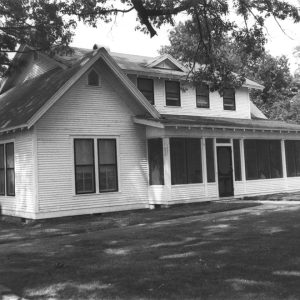 Rucker House
Rucker House
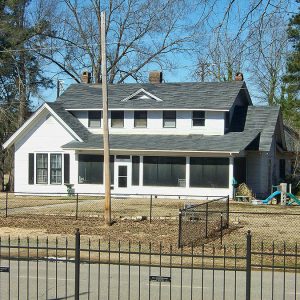 Rucker House
Rucker House
Rucker House
 Rumph House
Rumph House
Rumph House
Russell Jail
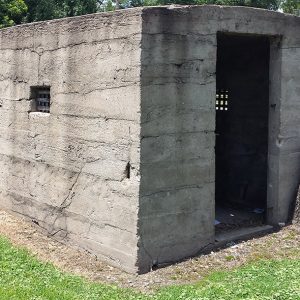 Russell Jail
Russell Jail
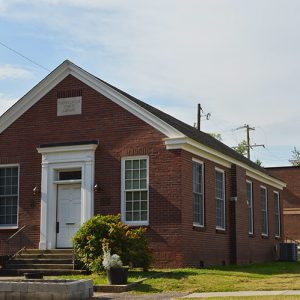 Russellville Public Library
Russellville Public Library
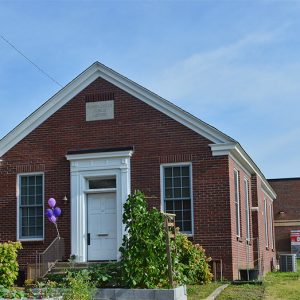 Russellville Public Library
Russellville Public Library
Russellville Public Library
aka: Heritage Hall
 Saenger Theatre
Saenger Theatre
Saenger Theatre
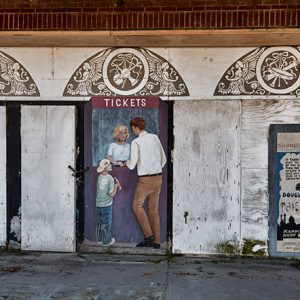 Saenger Theatre Detail
Saenger Theatre Detail
Saline County Courthouse
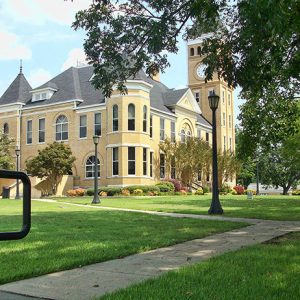 Saline County Courthouse Lawn
Saline County Courthouse Lawn
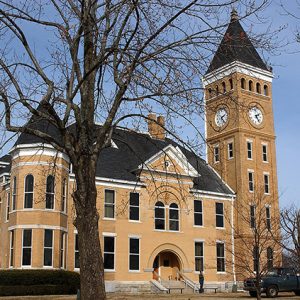 Saline County Courthouse
Saline County Courthouse
Sam Epstein House
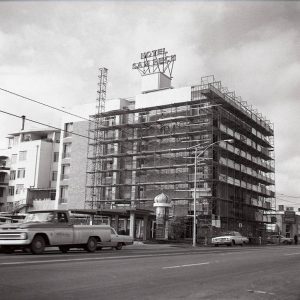 Sam Peck Hotel Remodel
Sam Peck Hotel Remodel
Sarah Bird Northrup Ridge House
Scipio A. Jones House
 Scott County Courthouse
Scott County Courthouse
 Scott County Jail
Scott County Jail
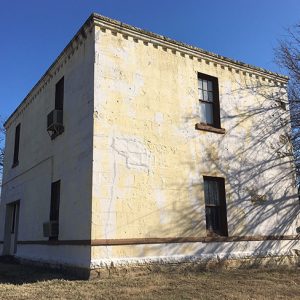 Scott County Jail
Scott County Jail
Searcy County Courthouse
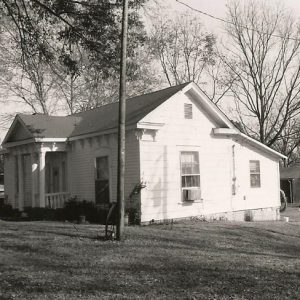 Sears House
Sears House
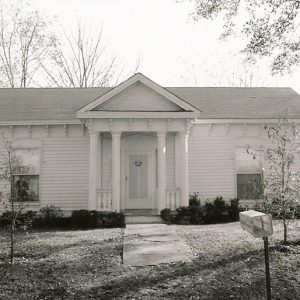 Sears House
Sears House
 Sebastian County Courthouse
Sebastian County Courthouse
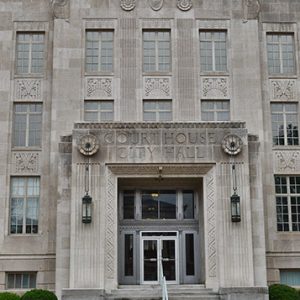 Sebastian County Courthouse Entrance
Sebastian County Courthouse Entrance
Sebastian County Courthouse
aka: Fort Smith City Hall
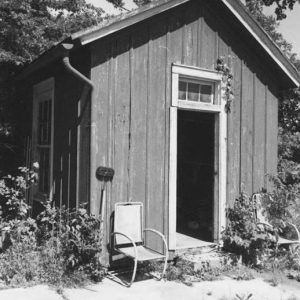 Servants' Quarters
Servants' Quarters
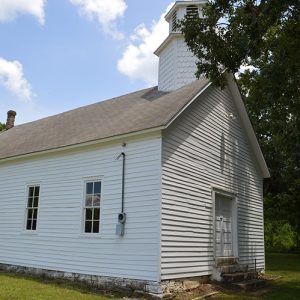 Shady Grove Delmar Church and School
Shady Grove Delmar Church and School
 Shaw-Blair House
Shaw-Blair House
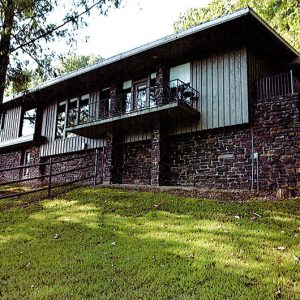 Shaw-Blair House
Shaw-Blair House
 Shaw-Blair House
Shaw-Blair House
Shaw-Blair House
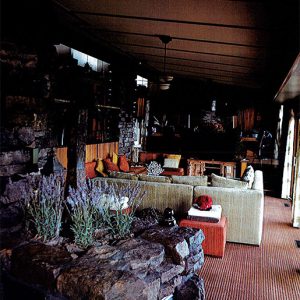 Shaw-Blair House Interior
Shaw-Blair House Interior
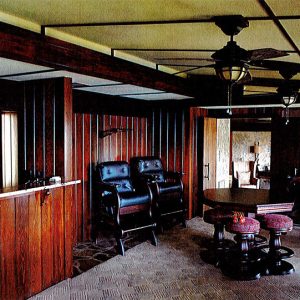 Shaw-Blair House Interior
Shaw-Blair House Interior
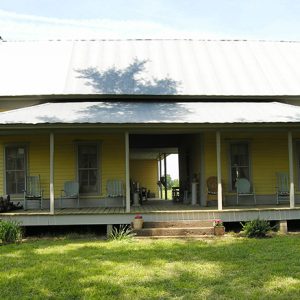 Shelton-Lockeby House
Shelton-Lockeby House
Shelton-Lockeby House
Shoppach House
aka: Sadie Praytor Home
 Shoppach House
Shoppach House
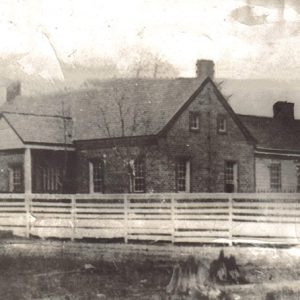 Shoppach House
Shoppach House
 Shoppach House
Shoppach House
 Simmons First National Bank Tower
Simmons First National Bank Tower
Simmons First National Bank Tower
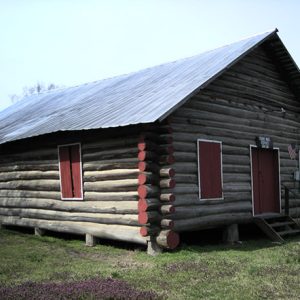 Sink-Crumb Post 72 American Legion Hut
Sink-Crumb Post 72 American Legion Hut
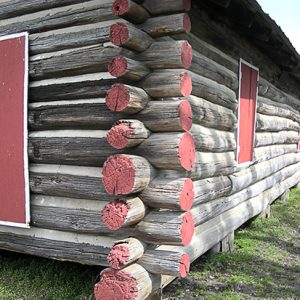 Sink-Crumb Post 72 American Legion Hut
Sink-Crumb Post 72 American Legion Hut
Sink-Crumb Post 72 American Legion Hut
 Skylight
Skylight




